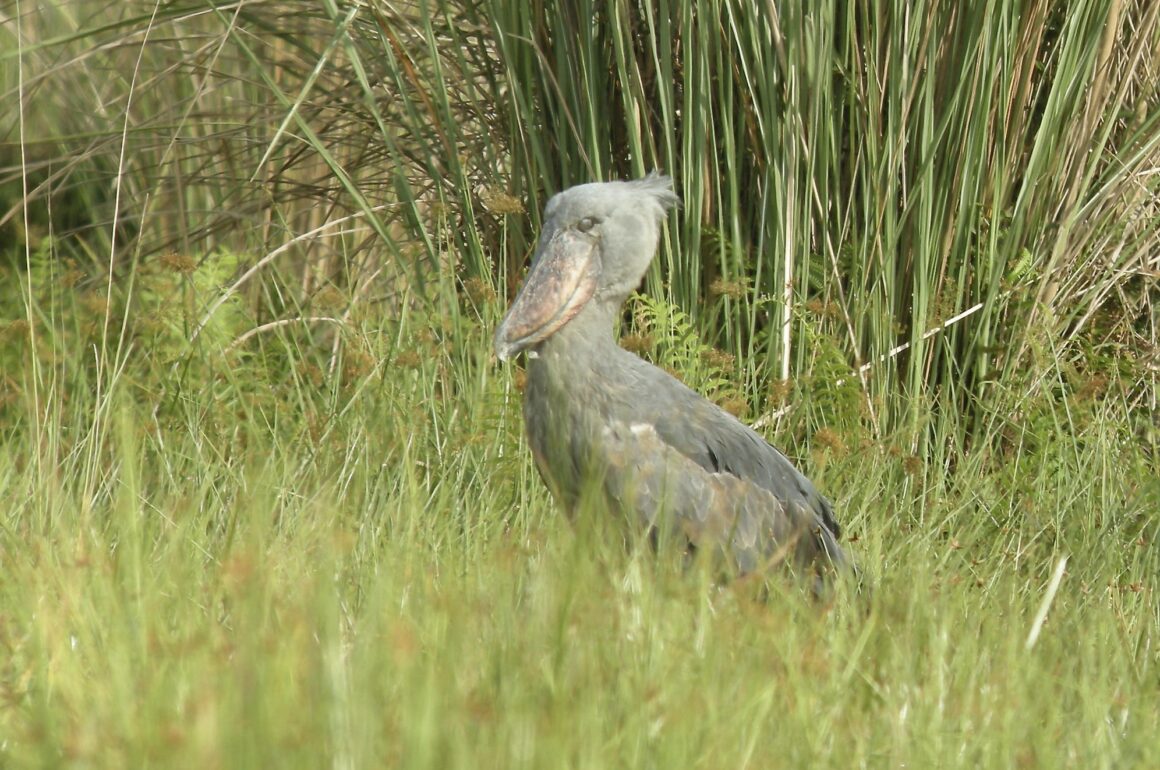
Would you know a Firewood Gatherer if it landed in front of your binoculars? Or, come to that, a Greater Thornbird or a Buff-bellied Flowerpecker? To be honest, I wouldn’t be too confident of identifying any of this trio, either, though all three feature on my world lifelist. In contrast, I well remember all three of my encounters with Shoebills. (My Shoebill photographs, incidentally, were digiscoped from a small boat, so they’re not as sharp as they could be, but they are great reminders of an encounter with an extraordinary bird).
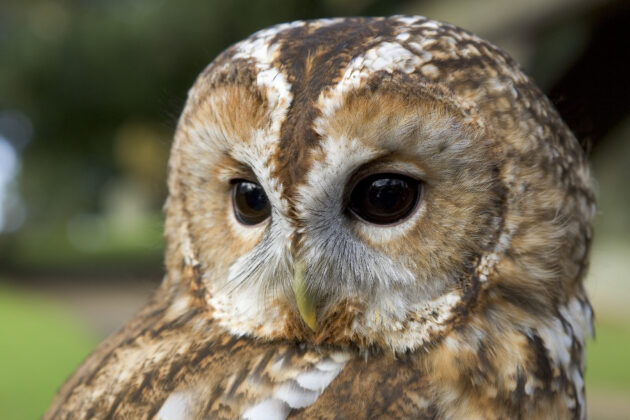
Like most of us who watch birds, I enjoy listing. It all started many years ago, when for my ninth birthday I received my first copy of Peterson’s Field Guide to the Birds of Britain and Europe (3rd revised edition, 1958). In the front was the first checklist I’d ever seen: it featured all the birds of Europe, and within days I was ticking away merrily. There weren’t too many ticks to begin with (Tawny Owl was one of my first good birds, seen roosting in my neighbours’ garden), but the list got its first major boost that summer when I spent three weeks touring Europe with my parents. I can remember puzzling hard over the buzzard plate. Had I seen a Honey Buzzard, or was it just a Common Buzzard? The distribution map showed that both birds were a possibility, but Peterson’s illustration didn’t make it easy to tell them apart, as their shape was shown to be virtually identical (it’s not!), and their markings didn’t seem that different, either.
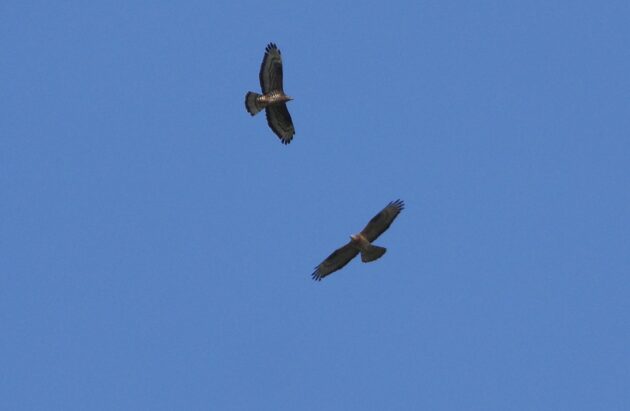
By the time I was 17 I had worn out that copy of the Field Guide, so I gave it away to a young friend, Gerry, as I had just acquired a more recent edition. Earlier this year I met up with Gerry again after 50 years and he returned my old book – it brought back many happy memories.
In September 1971 my birding career came to its first (and last) major crossroads. Should I go to the Scilly Isles (in autumn Britain’s rarity hot spot) or to Greece for my birdwatching holiday? Greece won, as I was much keener to build my European list rather than add a few rarities to my non-existent British list. As a result I’ve never bothered with a British list and have never done much in the way of twitching.
During the 70s my list grew slowly but surely thanks to European holidays, but in 1978 it received its first major boost with a holiday in California. I can still recall the thrill of that first morning outside San Francisco, surrounded by new birds. I saw 42 lifers that day, ranging from Northern Mockingbird to Anna’s Hummingbird. Several, like the mocker and the hummer, were members of families I hadn’t encountered before, either. Fantastic!
A proper checklist was now needed, so I acquired a copy of Clements’s checklist Birds of the World, which was to be my base for the next decade. It was a busy one, with birding trips not only to Europe, but also Central America, East, West and Southern Africa, South-East Asia and Australia. It was during this period that I took part in a bird race in Kenya, where I saw 290 species in one day, 442 in two. Thus in 48 hours I’d seen more species of birds than most people see in a lifetime in Britain.
By the 90s I hadn’t lost my appetite for seeing new birds, but I did enjoy going back to places where I could identify the birds myself, without being told what they were. Though trips to Borneo, Argentina and Sri Lanka gave plenty of new ticks, I most enjoyed birding in Africa. I’ve been there over 20 times, and it remains my favourite destination, though India is a close rival.
In the early 80s I led a trip to South Africa when we saw more than 400 species. For two of my group – Michael Lambarth and Sandra Fisher – this was their first serious birding trip, and they were bitten by the bug. By the time Sandra died, she was (I believe) the world’s second highest female lister, while Michael was up there in the top ten. No, they weren’t skilled birders, but they did have the time and the money needed to travel the world and hire the best guides. This, of course, is what a world lifelist is all about. It has little to do with birding skills, but is mainly about opportunity and money. I’ve been lucky, as I’ve led tours all over the world so my list hasn’t cost me a fortune, but for most serious listers their total is simply a reflection of the depth of their pocket.
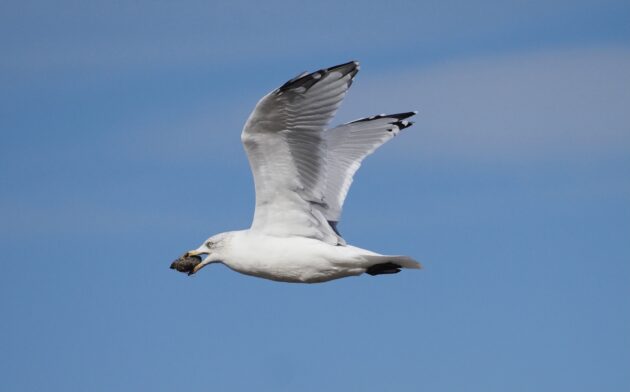
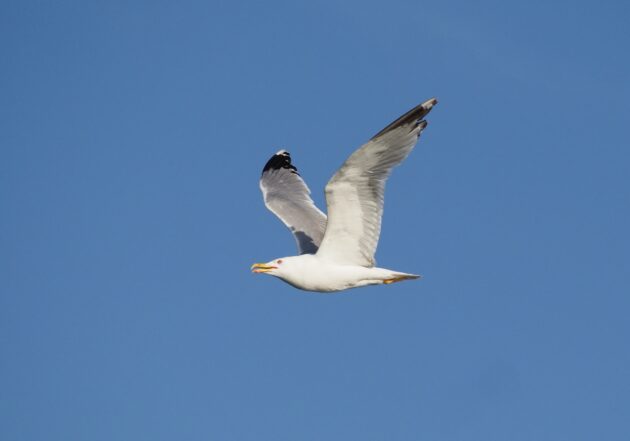
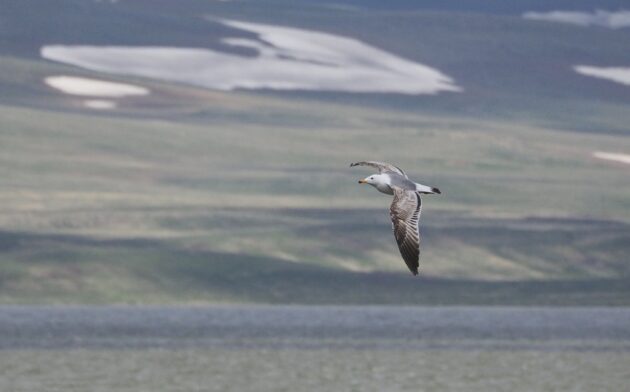
If you’re a keen lister, then it’s essential to follow all the latest taxonomic changes. When I started listing, the Herring Gull (Larus argentatus) was an all-embracing species, including the yellow-legged Mediterranean race michahellis. Today the latter enjoys full specific status, along with Armenian Gull (L.armenicus) and Caspian Gull (L.cachinnas), two birds we’d never even heard of 50 years ago. The American Herring Gull has also been split from its European cousin and has become L.smithsonianus. That’s five ticks instead of just one – great news for listers.
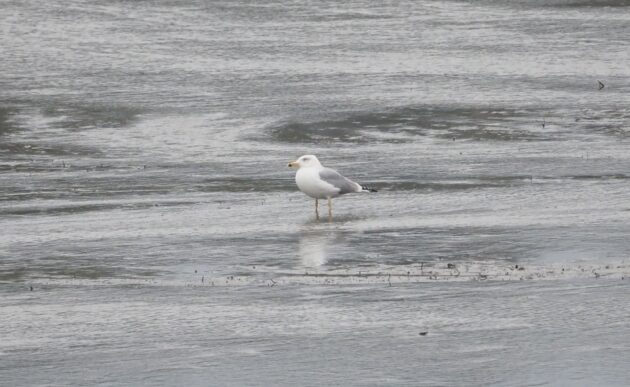
If there’s one bird that surely deserves to be split it’s the Red Grouse, which many years ago was lumped with the much more widespread Willow Grouse. The Red Grouse is endemic to the British Isles, and differs from the Willow Grouse in a number of ways, such as not having white wings and not turning white in winter. Here I’ve made my own taxonomic decision and split it, hopefully anticipating what the taxonomists are likely to do one day. As I have seen Willow Grouse as well as Red Grouse it does give me an extra tick, but you might regard that as cheating. I don’t care, though, as it’s my list, and I make up the rules.
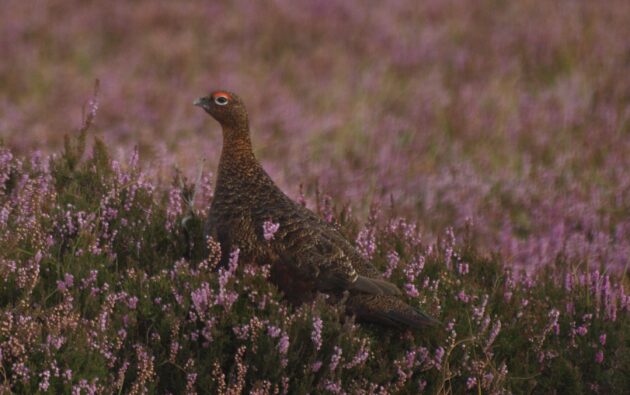
When I went to Kenya in 2001 it was my first visit for eight years and most of my new birds from that trip were simple taxonomic splits from previous trips. Then when birds do get split, there’s the dilemma of working out when you first saw one or other of the split. For example, I saw my first wild Bean Geese in 1974, but were they rossicus or fabalis? I haven’t a clue. The taxonomic reference book I now use is All the Birds of the World (Lynx), which splits the Bean Goose into two species: Taiga remains as Anser fabalis but the Tundra Bean Goose is now Anser serrirostris, (not rossicus). Incidentally, the Collins Bird Guide still lumps them, and continues to use rossicus rather than serrirostris. All very confusing.
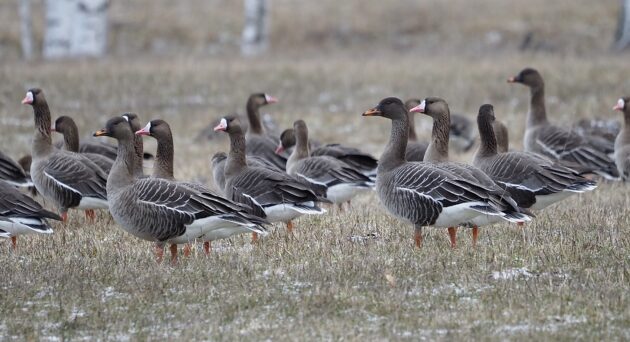
My lifelist is now around 4,000 species, but it’s some time since I last updated it or bothered to add it up, a job for long winter nights. If, instead of seven trips to Kenya, I’d done just one, and gone instead to Peru, Ecuador, Brazil, Japan, China and New Guinea, it would almost certainly have passed the 6,000 mark. But I’m not complaining, as I can remember most of the birds on the list. OK, not all of them, but at least 2,500 of them. As for the wonderfully named Firewood Gather, well, I can’t recall anything about it at all, but my lifelist tells me that I saw it in Argentina in November 1994.






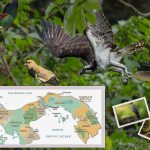
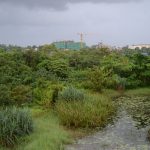

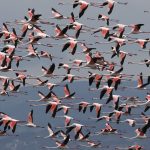



I only ever cared about my life list. Growing up right at the Franco-German border and acquiring my birds and birding skills on both sides of the river Rhine, even a country list was rather alien to me right from the start. Nowadays, I don’t even know my life list total anymore – somewhere between 1500 and 2000.
Establishing the exact life list total has become such an arduous experience as the total depends on what taxonomy you choose, and if that taxonomy aligns with the various ones in the field guides I bought years back whenever I had last visited a particular region. And going back and forth between your specific “world list” you go through and your various field guides, trying to connect all the dots and work out all the different common names and changed taxonomies and changes scientific names due to the splits and the lumps and the assigning of species to a new genus – it’s just such a torturously boring exercise and so prone to goof-ups and mess-ups … Too much for me.
So the only list I am keeping track of, and which seems to be the most important one to most birders, is the list of species I haven’t seen yet.
I like the idea of a wanted list rather than a seen list. Heading my wanted list are a couple of South American birds I’ve always wanted to see – Cock of the Rock and Torrent Duck. Ducks have always been a special interest, so I’d dearly like to see Spectacled Eider, Scaly-sided Merganser and the elusive Brazilian Merganser. I’ve only seen four species of Pitta, so there’s plenty still to look for (another 44 species). I did once visit a forest in Uganda where African Pittas are seen regularly, only to discover that no-one had ever seen one there in February, when I was there, but only in July. It would have been satisfying to have made the first February record, but no such luck.
For the time being, my birding is mostly restricted to central Europe, where after 40 years of birding I have no lifers left – except Rock Partridge maybe, but that species’s range is also a bit out of reach. Living away from the coast in southern Germany means that I have even fewer surprises left as vagrants rarely happen here. Maybe that’s the reason I recently discovered my passion for Orthoptera, the grasshoppers and crickets? 😀 New stuff to learn, new lifers to chase?
Oh, and I’ve also seen 4 pitta species and agree that you can never see too many pittas. I am sorry to read you had no luck with Africa, but maybe it is a good strategy to always leave at least one desirable bird in every region you visit – for a motivation to return.